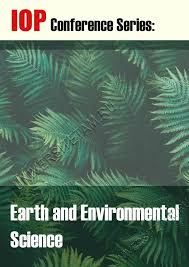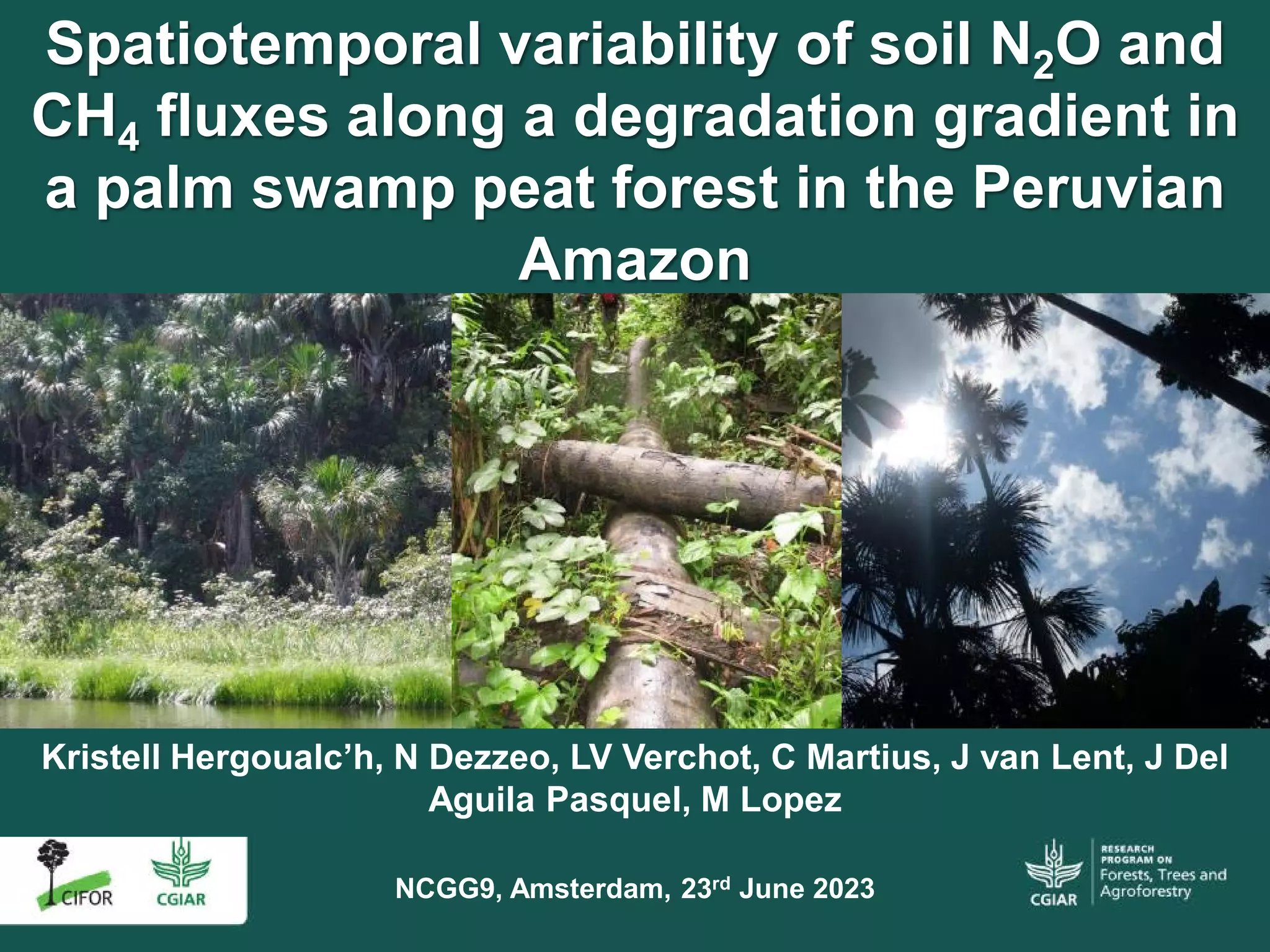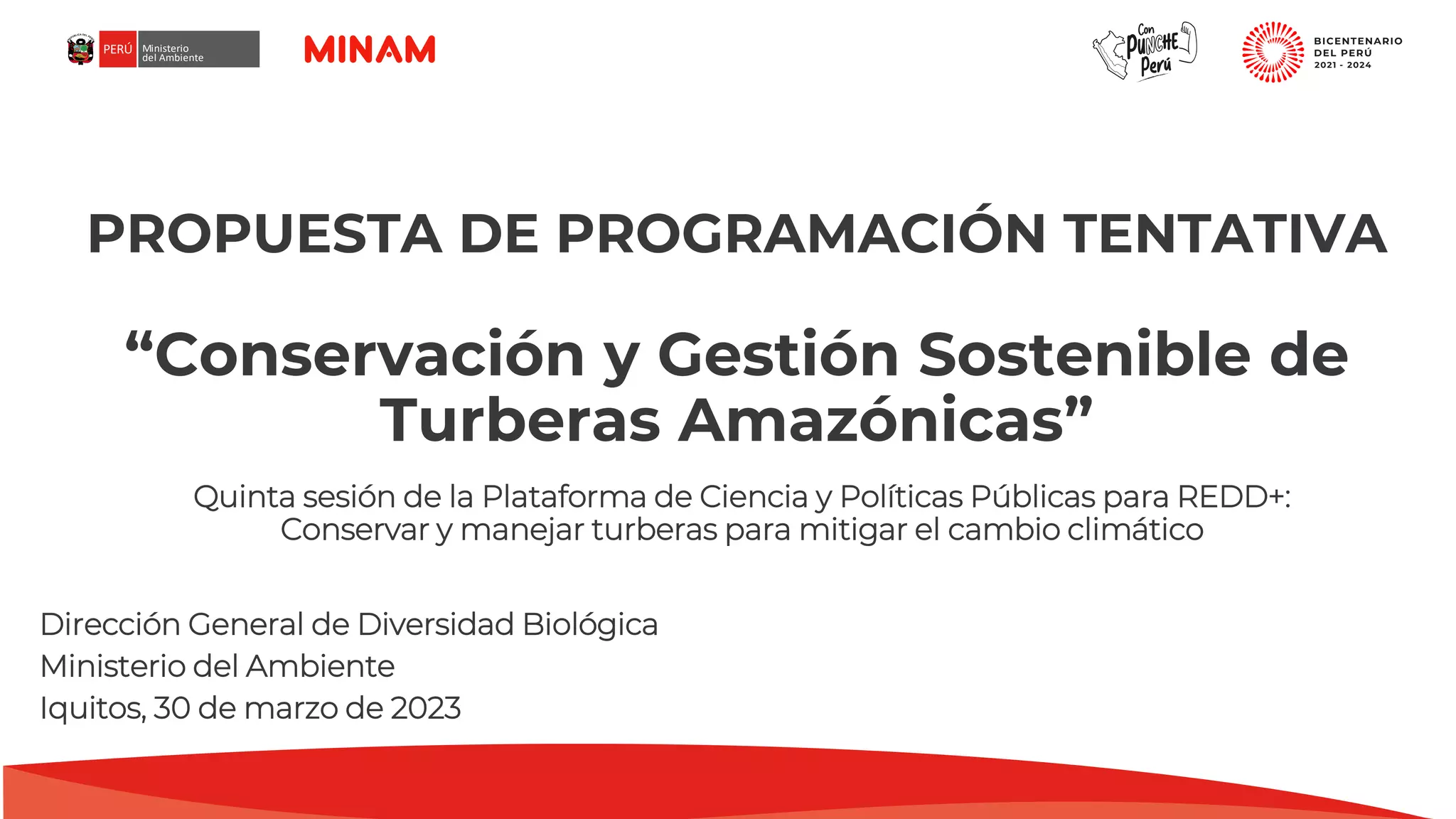
Peatlands are carbon-rich ecosystems that cover just three per cent of Earth’s land surface1, but store one-third of soil carbon2. Peat soils are formed by the build-up of partially decomposed organic matter under waterlogged anoxic conditions. Most peat is found in cool climatic regions where unimpeded decomposition is slower, but deposits are also found under some tropical swamp forests2,3. Here we present field measurements from one of the world’s most extensive regions of swamp forest, the Cuvette Centrale depression in the central Congo Basin4. We find extensive peat deposits beneath the swamp forest vegetation (peat defined as material with an organic matter content of at least 65 per cent to a depth of at least 0.3 metres). Radiocarbon dates indicate that peat began accumulating from about 10,600 years ago, coincident with the onset of more humid conditions in central Africa at the beginning of the Holocene5. The peatlands occupy large interfluvial basins, and seem to be largely rain-fed and ombrotrophic-like (of low nutrient status) systems. Although the peat layer is relatively shallow (with a maximum depth of 5.9 metres and a median depth of 2.0 metres), by combining in situ and remotely sensed data, we estimate the area of peat to be approximately 145,500 square kilometres (95 per cent confidence interval of 131,900–156,400 square kilometres), making the Cuvette Centrale the most extensive peatland complex in the tropics. This area is more than five times the maximum possible area reported for the Congo Basin in a recent synthesis of pantropical peat extent2. We estimate that the peatlands store approximately 30.6 petagrams (30.6 × 1015 grams) of carbon belowground (95 per cent confidence interval of 6.3–46.8 petagrams of carbon)—a quantity that is similar to the above-ground carbon stocks of the tropical forests of the entire Congo Basin6. Our result for the Cuvette Centrale increases the best estimate of global tropical peatland carbon stocks by 36 per cent, to 104.7 petagrams of carbon (minimum estimate of 69.6 petagrams of carbon; maximum estimate of 129.8 petagrams of carbon2). This stored carbon is vulnerable to land-use change and any future reduction in precipitation7,8.
- Authors: Dargie, G.C., Lewis, S.L., Lawson, I.T., Mitchard, E.T., Page, S.E., Bocko, Y.E., Ifo, S.A.
- Author Affiliation: University of Leeds, University College London, University of St Andrews, University of Edinburgh, University of Leiceste, Université Marien Ngouab
- Subjects: ecology, hydrology, carbon storage, peatlands, peat soils, soil carbon
- Publication type: Journal Article
- Source: Nature 542(7639): 86-90
- Year: 2017
- DOI: https://doi.org/10.1038/nature21048
















